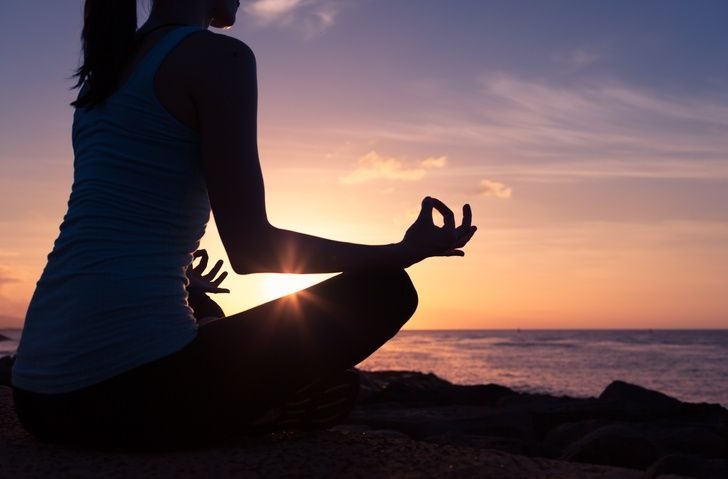Sophrology and its synchronic breathing technique?
Caution : You must consult your doctor for your health. This page presents only a personal and alternative point of view which should not be considered as an attempt to prescribe medicine.
Sophrology is a practice created by Alphonso Caycedo, a Colombian neuropsychiatrist.
Its purpose was to study the modification of human consciousness by performing various techniques of meditation, relaxation and activation of body and mind.
Sophrology facilitates the balance of the human being, it allows to overcome his fears and to regain self-confidence.

Its accomplishment requires well-being exercises, most often with the help of a sophrologist.
Like yoga, this activity involves breathing processes, including the synchronic one.
Find out more about it.
Sophrology: Definition
Sophrology is a method aimed at developing your serenity and improving your state of consciousness.
It is a set of psycho-bodily techniques that are based on physical and mental well-being and are carried out through breathing exercises.
It is used as a therapeutic means or as a philosophy of life.
In ancient Greek, sophrology means study of harmonization by modified states of consciousness (sôs: "harmony", phren: "spirit" and logos: "study").
This is to express self-knowledge and maintain a balance between mental faculties.
It combines movements that work with breathing, muscle relaxation and the perception of the senses.
It encourages you to work on your own values and to strengthen yourself better.
Its principle is based on the ability to make you visualize all your moments of confidence and to stabilize them into a state of mind.
Sophrology includes several therapies which fall into two categories: passive methods and active methods.
The passive approach is conditioned by a lying position and attentive listening to the sophrologist.
While the active approach, it involves active practice of the movements while sitting or standing.
How does a sophrology session take place?
A sophrology session is mainly performed orally.
It is a set of bodily meditations that encourage relaxation through synchronized breathing movements.
It takes place in three stages.
- The pre-sophronic dialogue: this is the moment when you discuss the feelings and progress of the previous session.It is the first session, the one during which the sophrologist explains the basic concepts of this practice, its objectives, etc.
- Practice: this is the performance of exercises, that is to say the relaxations including breathing, listening movements of the body and the uses of visualization of images directed by the voice of the sophrologist.
- Post-sophronic dialogue: this is a time of exchange where the sophrologist expresses himself on the experience and feelings of the exercises.
You have individual or group sessions.
It should be noted that during the exchanges, each participant is free to confide or not in the others.
Some breathing exercises in sophrology
Breathing is the foundation of all sophrological training.
The reason is that a sophrology session depends on the benefits of good breathing.
The latter is not limited to the inspiration and the expiration, it will be a question of ventilating all its organs and its respiratory tracts.
Sophrology breathing exercises provide benefits aimed not only at physical well-being, but also psychological.
There are several breathing exercises for relaxation.
There are for example pulmonary breathing and synchronic breathing.
Synchronous breathing exercise
Sophrology facilitates the synchronization of body and mind.
This concerns both thoracic and abdominal breathing.
You can choose the position that suits you best.
Close your eyes and relax your body.
Then take a deep breath and breathe out, gently "tucking" your stomach and chest.
You have to feel your whole body.
Continue by focusing on your muscles and their gradual relaxation.
The sensation of your skin on all your limbs should be noticeable.
You can even enjoy the movements of your belly as you breathe.
This last exercise lasts about fifteen minutes and at the end you will find that you breathe differently.
This will confirm that you have practiced this workout correctly.
❤ The ultimate guide to breathing
Intermittent Breathing : Discover the method to quickly relieve your anxiety and chronic fatigue (positive effects from the first use).Read also :
Previous article : Deep breathing to combat stress?
Next article : Which method of relaxing breathing for a relaxation session?

